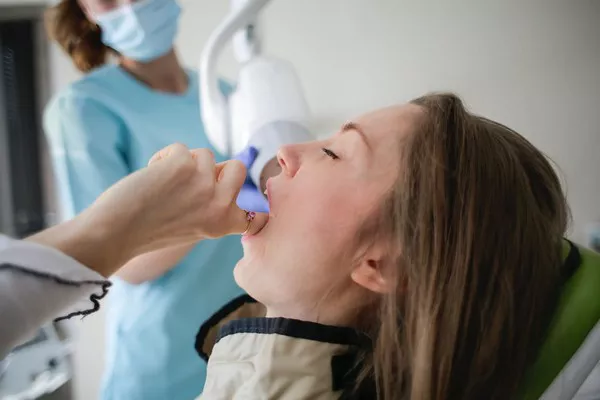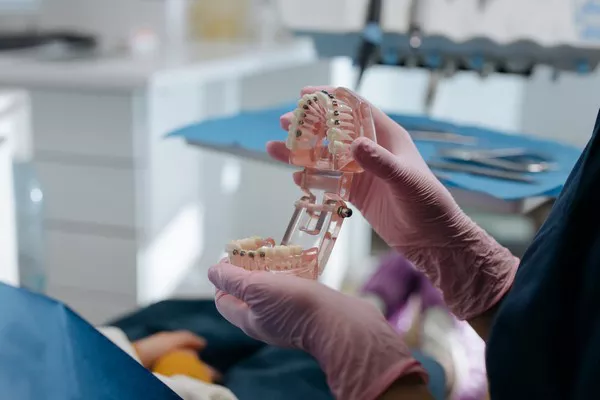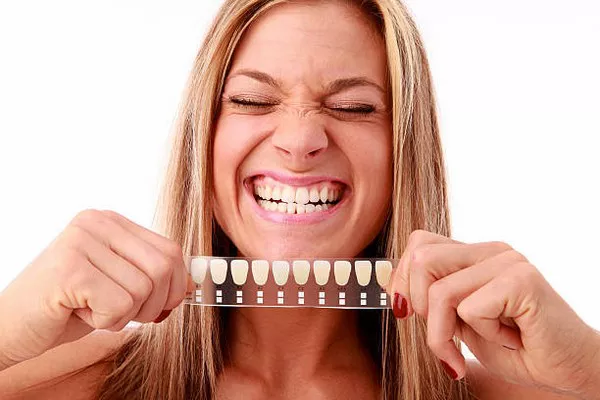Yellow spots on teeth can be a common concern for many individuals, prompting questions about their dental health. These spots can vary in appearance and may indicate different underlying causes. This article aims to delve into the reasons behind yellow spots on teeth, the types of spots you may encounter, when to seek dental advice, preventive measures, treatment options, and provide reassurance with trusted resources.
Common Causes of Yellow Spots
Yellow spots on teeth can result from various factors:
Fluorosis: Excessive intake of fluoride during tooth development can lead to white or yellow spots on teeth, known as fluorosis.
Dental Hygiene: Poor brushing and flossing habits can cause plaque buildup, which may stain teeth and contribute to yellow spots.
Food and Drink: Consuming certain foods and beverages such as coffee, tea, red wine, and berries can stain teeth over time, leading to yellow spots.
Medications: Some medications, particularly tetracycline antibiotics, can cause tooth discoloration, including yellow spots.
Trauma: Injuries to teeth, whether recent or in the past, can sometimes cause internal discoloration, manifesting as yellow spots.
Aging: As enamel naturally wears down with age, teeth become more susceptible to staining and may develop yellow spots.
Understanding these causes helps in identifying potential factors contributing to yellow spots on teeth and determining appropriate preventive measures and treatments.
Types of Yellow Spots
Yellow spots on teeth can present in different forms, each potentially indicating a distinct cause:
White or Yellow Spots: These are often associated with mild to moderate fluorosis, where excessive fluoride intake during tooth development leads to irregularities in enamel formation.
Brown or Yellow Spots: These spots can indicate staining from foods, drinks, or tobacco, or may suggest early signs of decay if accompanied by texture changes or sensitivity.
Pitted or Rough Spots: Severe cases of fluorosis may result in pitted or rough spots on teeth, where enamel has been significantly affected by excess fluoride.
Identifying the type of yellow spots can guide dental professionals in recommending appropriate treatments and preventive measures tailored to each situation.
See Also: Why Do My Teeth Get Yellow Overnight
When to See a Dentist
While yellow spots on teeth are often harmless, certain signs should prompt a visit to the dentist:
Sudden Appearance: If yellow spots appear suddenly or rapidly, it could indicate an underlying problem that requires professional evaluation.
Pain or Sensitivity: Yellow spots accompanied by pain, sensitivity to hot or cold, or changes in texture may indicate tooth decay or other dental issues that need attention.
Uneven or Localized Spots: If yellow spots are unevenly distributed or localized to specific teeth, it may suggest trauma, medication side effects, or other specific causes that warrant examination by a dentist.
Regular dental check-ups are crucial for early detection of dental problems and timely intervention.
Prevention and Treatment Options
Preventive measures and treatment options can help manage and reduce yellow spots on teeth:
Maintain Good Oral Hygiene: Brush your teeth at least twice a day with fluoride toothpaste and floss daily to prevent plaque buildup and reduce staining.
Limit Staining Foods and Drinks: Use a straw when consuming beverages that may stain teeth, and rinse your mouth with water afterward to minimize staining effects.
Professional Teeth Whitening: Professional whitening treatments can effectively remove superficial stains from teeth, although they may not address deeper discoloration caused by fluorosis or other intrinsic factors.
Dental Bonding: Dental bonding involves applying a tooth-colored composite resin to cover and mask discolored areas, providing a natural-looking appearance.
Veneers: Thin shells made of porcelain or composite material can be custom-made and bonded to the front of teeth to improve their color and shape, offering a long-lasting solution for more severe discoloration.
Consulting with a dentist can help determine the most suitable treatment based on the cause and extent of yellow spots on your teeth.By staying informed and proactive about dental health, individuals can effectively address yellow spots on teeth and maintain optimal oral hygiene throughout their lives.
Conclusion
While yellow spots on teeth can be concerning, they are frequently manageable with proper dental care and occasional professional intervention. By understanding the causes, knowing when to seek professional advice, and following preventive measures, individuals can enhance their dental health and enjoy a brighter smile with confidence.
You Might Be Interested In
































